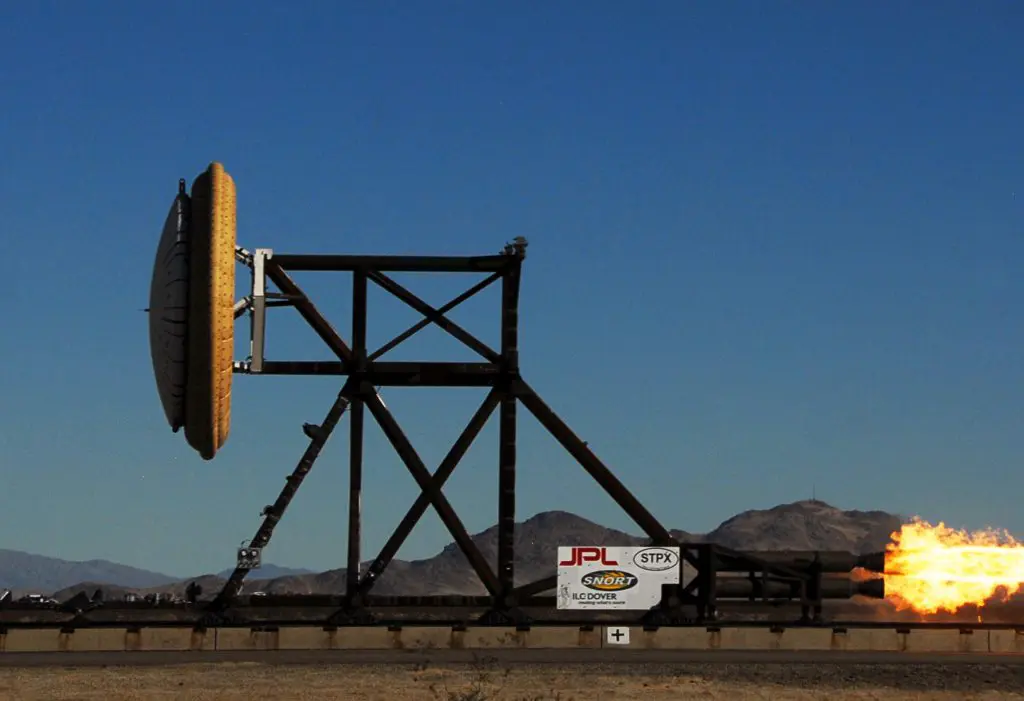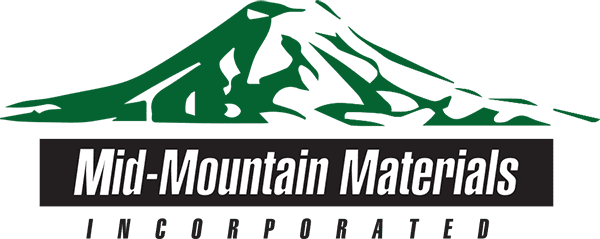The space race of the 20th Century was catalyzed by the invention of the V-2 rocket which was based on a novel engine system using a liquid-propellant. It was the world’s first long-range, guided ballistic missile technology, providing a feasible basis for spaceflight. Propelling an explosive or projectile differs significantly from a shuttle, however. A space shuttle or lander is designed with the intention of ferrying astronauts or mechanical systems safely from one space to another. Specialty airbag materials were subsequently employed to absorb impacts and protect both passengers and integral components throughout landing.
Space agencies worldwide have utilized specialty airbag materials in shuttle and lander design since the 1960s. Standard designs and materials are unsuitable for the unique conditions that landers are expected to withstand during a mission. In this blog post, Mid-Mountain Materials, Inc. explores the specialty airbag materials and designs used in some of the most iconic space exploration vehicles ever made.
Specialty Airbag Materials for Luna Landers
The first ‘soft-landing’ on the surface of the moon was achieved by the Luna 9, an unmanned spacecraft of Soviet design. This spherical station comprised a hermetically-sealed chamber containing a radio system and delicate scientific apparatuses, including a television camera and a radiation detector. It was designed as the first craft capable of landing on and capturing images of the moon’s surface, with the capability of transmitting data back to earth. Specialty airbag materials were used to cushion the station from an impact at roughly 22 km/h, and subsequent impacts with the surface as the station bounced to a stop.
Shortly afterward, NASA achieved the second soft-landing on the moon with Surveyor 1. While Luna 9, and the ensuing Luna 13, utilized what has become known as a controlled crash, Surveyor 1 was the first guided landing on the moon. It was directed towards the surface of the moon using retrorockets and allowed to fall freely from a height of roughly 3.4 meters. The success of this mission was unprecedented, paving the way for the historic Apollo program.
Mars Exploration and Speciality Airbag Materials
Using airbags to safely deposit spacecraft on the surface of the moon was rapidly succeeded by this new landing structure with a controlled descent. However, specialty airbag materials were again required when space exploration was taken to the next logical stage: reaching the surface of Mars.
The Mars Pathfinder was engineered with an advanced landing system that was supported with aero-braking and solid rocket landing thrusters. A parachute was also deployed to slow the lander’s velocity, and all-encompassing airbags were used to protect the lander regardless of its orientation upon impact. These were woven from multiple layers of a lightweight fabric with enhanced abrasion resistant properties to resist being punctured by irregularities on the Martian surface. This provided the baseline for NASA’s Mars Exploration Rover mission which landed two robotic probes on Mars in 2004. One of the rovers, the MER-B Opportunity, was still relaying data into 2018.
NASA is still researching new specialty airbag materials for future Mars Lander missions, including heat-resistant laminates and coatings for fabrics such as Kevlar, nylon, and polyester.
Specialty Airbag Fabrics from Mid-Mountain Materials, Inc.
Mid-Mountain is one of the world’s leading authorities in high-performance textiles and fabrics for demanding areas of application. Our specialty airbag fabrics have been explored for R&D in a broad range of potential sectors and industries, including for use as a Supersonic Inflatable Aerodynamic Decelerator (SIAD) for NASA’s Mars 2020 Lander. If you would like any more information about our specialty airbag fabrics, please do not hesitate to contact us directly.


